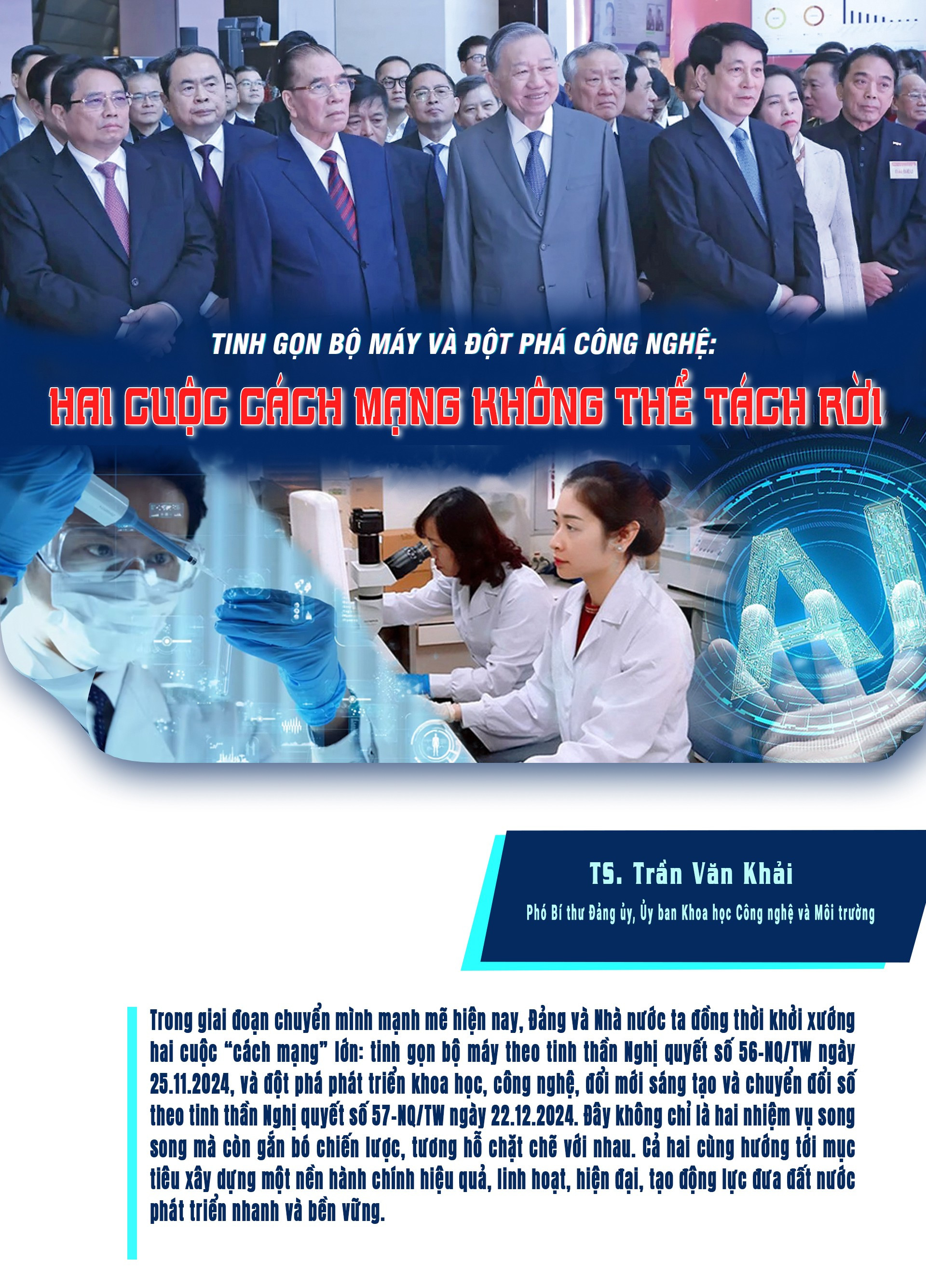
Closely linked and complementary to each other as the foundation and pillars for building a developmental state.
The revolution of streamlining the apparatus and the revolution of science and technology, innovation and digital transformation are essentially two sides of the country's modernization process. On the one hand, streamlining the apparatus is the institutional and organizational foundation for technological and digital breakthroughs to be effectively implemented. A streamlined, streamlined apparatus helps eliminate intermediate levels, reduce cumbersome procedures, thereby creating a favorable environment for the application of new technology and promoting innovation. Indeed, a cumbersome, overlapping apparatus not only wastes resources but also hinders development, causing many policies and guidelines to be slow to come into effect. For innovation to be effective, the implementation apparatus must first be innovated and streamlined.
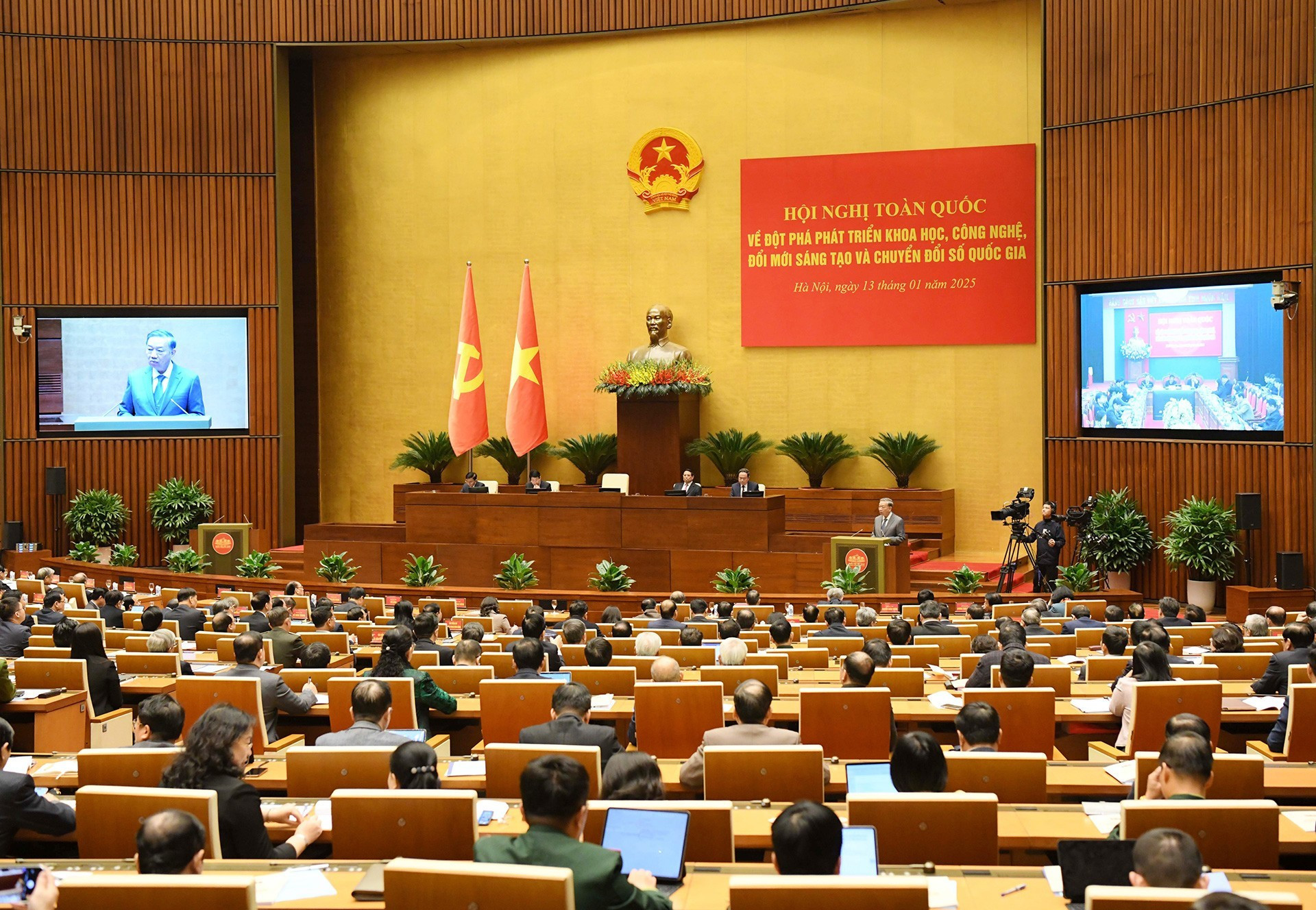
On the contrary, science and technology, innovation and digital transformation are the driving force and tools to realize a streamlined and efficient apparatus. Digital technology helps automate processes, reduce human resources and work processing time; digital data and artificial intelligence support fast and accurate decision making; innovation provides modern management models. By strongly applying these achievements, the apparatus can be "both reduced and strong" - that is, streamlining the payroll but still improving efficiency and service quality.
The governance of the country – including the organization of the apparatus – must be improved based on the digital platform and modern knowledge. Obviously, without technological motivation, the organizational streamlining revolution will hardly achieve optimal results; and without a suitable organizational foundation, technological motivation will not be fully unleashed. The two revolutions are therefore closely linked, complementing each other as the foundation and pillars in the process of building a developmental state.
Resolution 57-NQ/TW has identified the development of the “trio” of science and technology, innovation and digital transformation as the main driving force for developing modern productive forces, while at the same time “innovating the national governance method” . This implies that national governance – including the organization of the apparatus – must be improved based on a digital platform and modern knowledge. Obviously, without technological motivation, the organizational streamlining revolution will hardly achieve optimal results; and without a suitable organizational foundation, technological motivation will not be fully unleashed. The two revolutions are therefore closely linked, complementing each other as the foundation and pillars in the process of building a developmental state.
Building a national governance system that is both streamlined and intelligent, meeting the requirements of the digital age
When streamlining the apparatus and technological breakthroughs, digitalization are deployed simultaneously, they create a resonance effect to help the administrative system transform comprehensively. A streamlined apparatus combined with digital technology will form a digital government that operates transparently and smoothly. Administrative procedures are restructured and implemented on a digital platform to shorten processing time and significantly reduce intermediate paperwork. People and businesses can easily interact with public agencies through online public services, no longer having to "go through many doors" as before. Thanks to that, the service-oriented administrative system gradually becomes a reality, with the characteristics of "effectiveness, efficiency, flexibility, and modernity" as the set goal.
Synchronizing the two revolutions also enhances the adaptability of the political system to new changes. In the era of digital economy and industrial revolution 4.0, the traditional governance model, if standing alone, will find it difficult to keep up with the pace of change. Implementing them in parallel helps the apparatus to be ready to absorb new things and promptly adjust its functions and tasks based on data and practice.

View of the National Conference on Breakthroughs in Science, Technology, Innovation, Creativity and National Digital Transformation, January 13, 2025. Photo: Ho Long
A streamlined administrative organization, equipped with modern technology, can “run and queue at the same time” – that is, operate and flexibly improve itself. As a result, we have built a national governance system that is both streamlined and intelligent, capable of meeting the development requirements in the digital age. This is the necessary condition for Vietnam to realize its aspiration: to become a developed country with high income by the middle of the 21st century.
Resolution 57 sets the goal that by 2030, Vietnam will be among the leading countries in the region in digital competitiveness, e-Government and new technology fields. To do so, the government apparatus must operate effectively on a digital platform, meaning that the two tasks of organizational reform and digital transformation must be carried out synchronously right now.
Two separate revolutions will be like two mismatched gears – the reform machine without supporting technology will limp, and digital transformation without institutional reform will lose momentum. This is a lesson for us to see clearly: without synchronous coordination, the goal of building a modern administration will be difficult to fully achieve.
If the two revolutions do not go hand in hand, each field goes in a different direction, the overall efficiency will decrease, even causing consequences. First of all, the lack of technological innovation in a streamlined apparatus can cause the apparatus after the arrangement to fall into a state of "mechanical reduction": the staff and focal points are reduced but the old working methods are still maintained, leading to overload for the remaining staff and reducing the quality of service. For example, cutting focal points without digitizing the process will cause each staff member to handle more paper documents, which can easily lead to delays and backlogs. Another risk is that the streamlined apparatus will lack "resilience" if it does not receive the vitality of science and technology. A newly streamlined apparatus with outdated thinking and fear of innovation can still operate stagnantly, not much different from the old cumbersome apparatus.
On the contrary, the lack of reform of the apparatus supporting the digital revolution also poses many challenges. No matter how advanced technology and innovation are, they will be difficult to promote if they fall into a bureaucratic organizational structure. Outdated management mechanisms and overlapping functions can "neutralize" technological solutions, turning digital transformation efforts into formalities.

In reality, there was a period when the policy of developing science and technology was issued but was slow to be implemented due to ineffective implementation and slow innovation in management thinking. If agencies still have overlapping functions and lack coordination, digitalization projects can easily get stuck, data is not connected, and each place even invests in a different system, causing great waste. In addition, without unified direction, financial and human resources can be dispersed: investing in technology but forgetting to train and rearrange people, or vice versa.
In other words, the two revolutions are like two mismatched gears – the reform machine without supporting technology will limp, and digital transformation without institutional reform will lose momentum. This is a lesson for us to see clearly: without synchronous coordination, the goal of building a modern administration will be difficult to fully achieve.
Solution for two revolutions to succeed
To ensure the streamlining of the apparatus and the development of science , technology, innovation, and digital transformation to support each other and reach the same destination, a comprehensive policy approach and drastic and synchronous practical solutions are needed:
First, unify the vision and political will at all levels : First of all, the entire Party and the political system must have a common perception that these two revolutions are particularly important strategic tasks that need to be carried out in parallel. As the spirit of Resolution No. 56 emphasizes, this is a revolution that requires "a very high level of unity in perception and action throughout the entire Party and the entire political system" . The head of each agency and unit must take the lead as an exemplary leader and resolutely direct both reform directions, avoiding the situation where some places focus on streamlining but neglect digital transformation (or vice versa). The fact that the Central Executive Committee and the Politburo established Steering Committees headed by the General Secretary himself to direct Resolutions 56 and 57 shows high political determination and close integration in strategic direction.
Second, synchronizing policies and implementation roadmaps: The plans to implement Resolutions 56 and 57 need to be designed to be interconnected. In the process of restructuring the apparatus, it is necessary to simultaneously improve business processes to suit the digital environment. Conversely, every national digital transformation program also needs to take into account the factor of simplifying organizations and procedures. For example, when building an e-Government, it is necessary to simultaneously cut down and consolidate processing points, avoiding digitizing a process but that process remains as complicated as before. Legal documents and management regulations need to be revised synchronously in the direction of both eliminating old administrative barriers and legalizing new technological solutions. Only then, institutional reform and the application of new technology do not eliminate or contradict each other but complement each other.
Third, developing human resources to meet dual requirements: The human factor plays a decisive role in both revolutions. It is necessary to build a team of multi-talented cadres and civil servants who are knowledgeable about technology and proficient in modern management. In parallel with streamlining the payroll, the State must focus on training and fostering digital skills for the remaining cadres; creating a mindset ready to take on new tasks in a streamlined apparatus. Encourage creativity and daring to think and do among cadres so that they actively propose reform initiatives and apply technology. At the same time, there must be policies to attract digital technology talents to work in the public sector, forming a core force to lead digital transformation right from within the apparatus.

Fourth, invest in infrastructure and modern support tools: For a streamlined apparatus to operate smoothly, it is necessary to build a commensurate digital infrastructure. It is necessary to increase investment in information technology systems and national databases, ensuring that all levels of government are seamlessly connected.
Resolution 57 has set a target of sharply increasing the ratio of spending on R&D and digital transformation (by 2030, spending on R&D will reach 2% of GDP), which is an important resource to equip state agencies with modern tools. Furthermore, advanced management solutions such as digital government and smart government should be applied. For example, establishing a smart operations center, applying artificial intelligence to support decision-making, implementing online meetings and processing electronic documents... help leaders to operate promptly and minimize paperwork. Modern infrastructure and tools are the "right-hand man" to make the already streamlined apparatus even more responsive and effective.
Fifth, monitor, pilot and continuously adjust: Finally, ensuring success requires a close monitoring mechanism and timely adjustment during implementation. Establish specific measurement indicators for both streamlining the apparatus (such as reducing the number of focal points, reducing the time to process public services) and digital transformation (such as the rate of online public services, the level of citizen satisfaction).
Encourage piloting of new models in some localities and ministries - where organizations are boldly merged and high technology is applied - to gain experience and replicate.
Regularly report on the progress of the two fields in parallel to detect bottlenecks if any field is behind. In particular, encourage piloting of new models in some localities and ministries - where organizations are boldly merged and high technology is applied - to gain experience and replicate. Flexibility in the direction of "The Central does not wait for the locality, the locality does not wait for the grassroots" still needs to be accompanied by smooth coordination, avoiding places doing things first, places doing things later, lacking connection. Continuously learning from good practices and timely policy adjustments will help the two revolutions move forward steadily, supporting each other to reach the finish line.
The two revolutions of streamlining the apparatus and making breakthroughs in science, technology, innovation and digital transformation are the two parallel driving forces that are taking our country forward on the new path of development. They cannot be separated but need to be thoroughly implemented as a unified entity, because each side is a prerequisite and a catalyst for the other.
Synchronous implementation will create a state administration that is both streamlined in organization and strong in technology, meeting the requirements of serving the people in the digital age. On the contrary, without coordination, both revolutions will find it difficult to achieve their goals and may create gaps and obstacles to development.
With the highest political determination, strategic vision and correct solutions, we believe that both revolutions will succeed in parallel, creating a truly effective and efficient public apparatus and an innovative and creative nation, firmly moving towards the future. This is both the command of the Party Resolution and the common aspiration of the entire nation on the path to building a prosperous and powerful Vietnam.
Source: https://daibieunhandan.vn/tinh-gon-bo-may-va-dot-pha-cong-nghe-hai-cuoc-cach-mang-khong-the-tach-roi-post409422.html


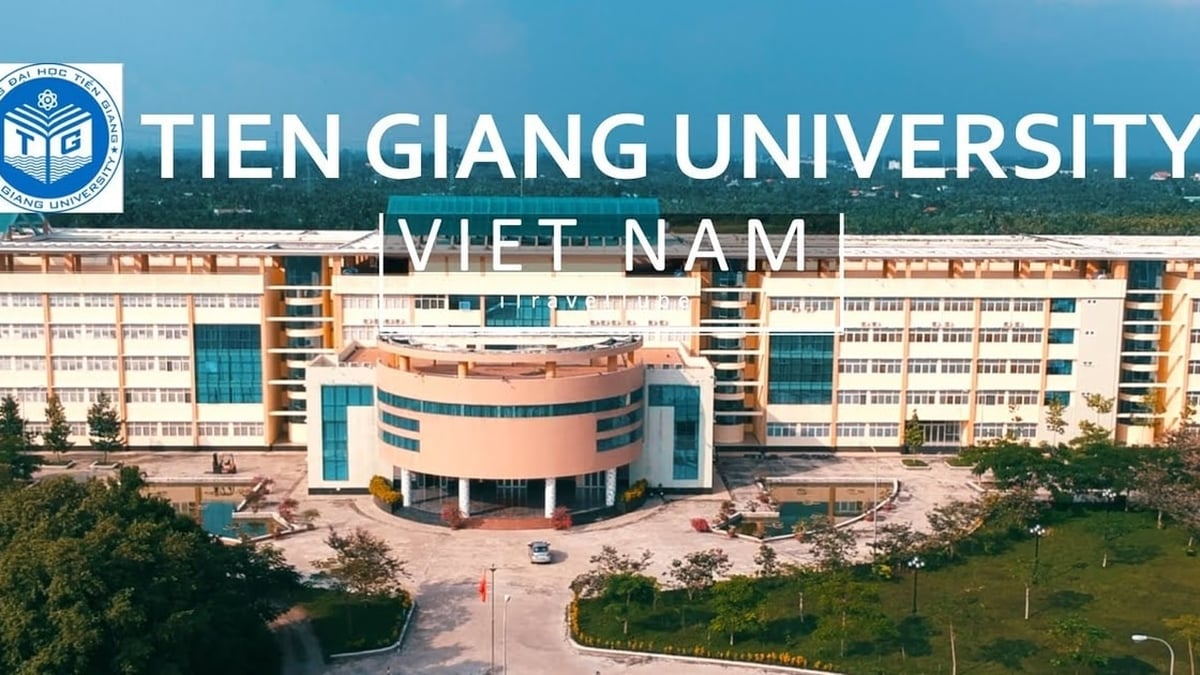
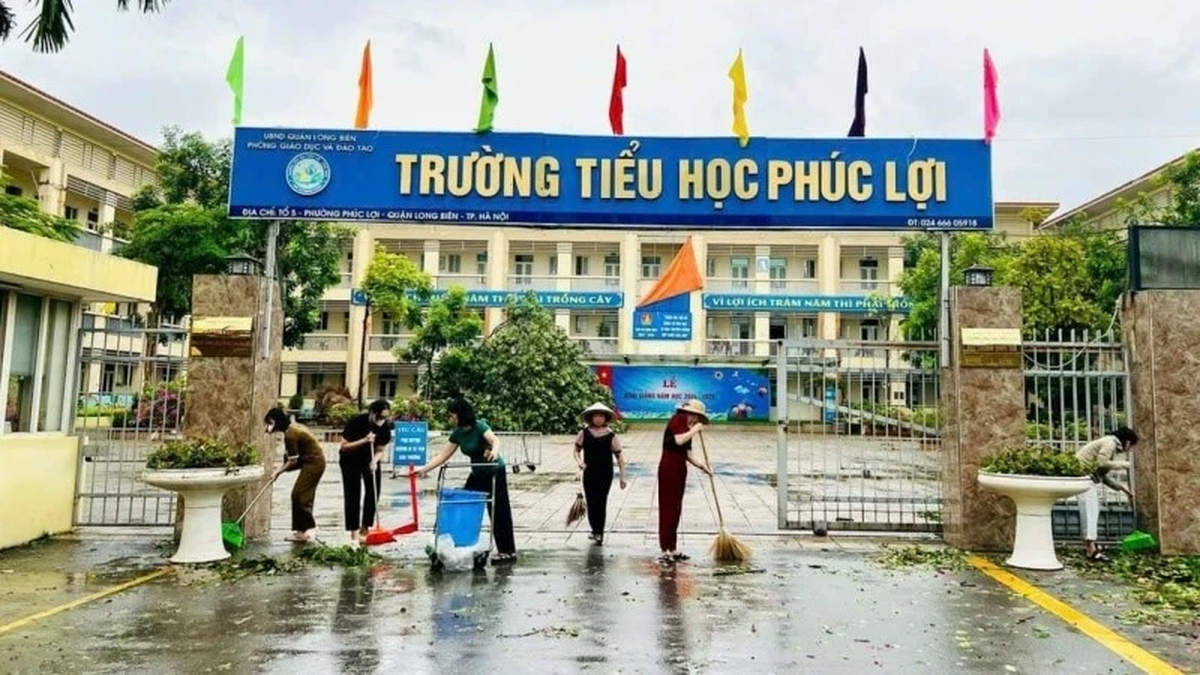

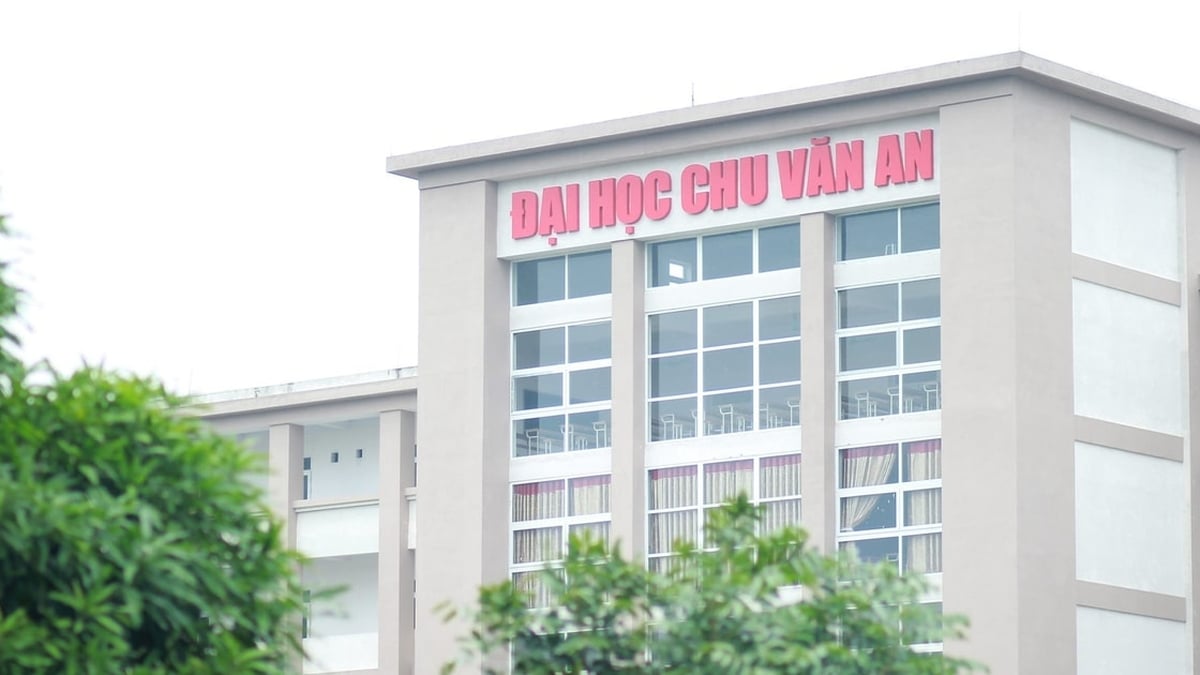
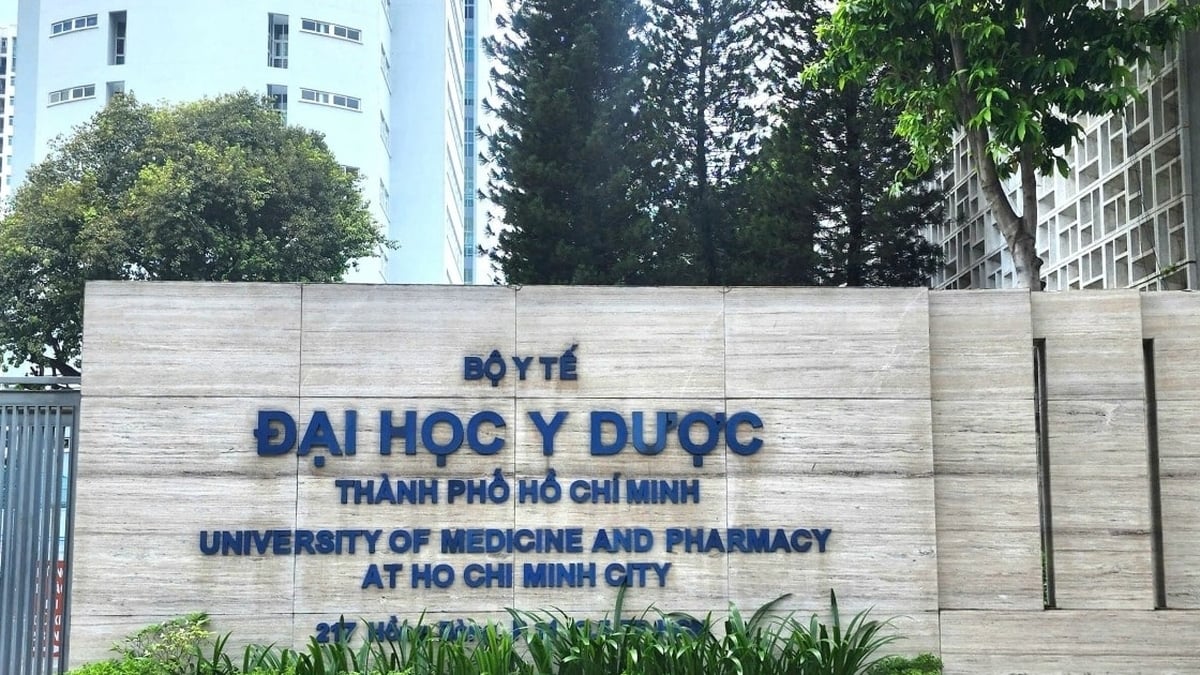


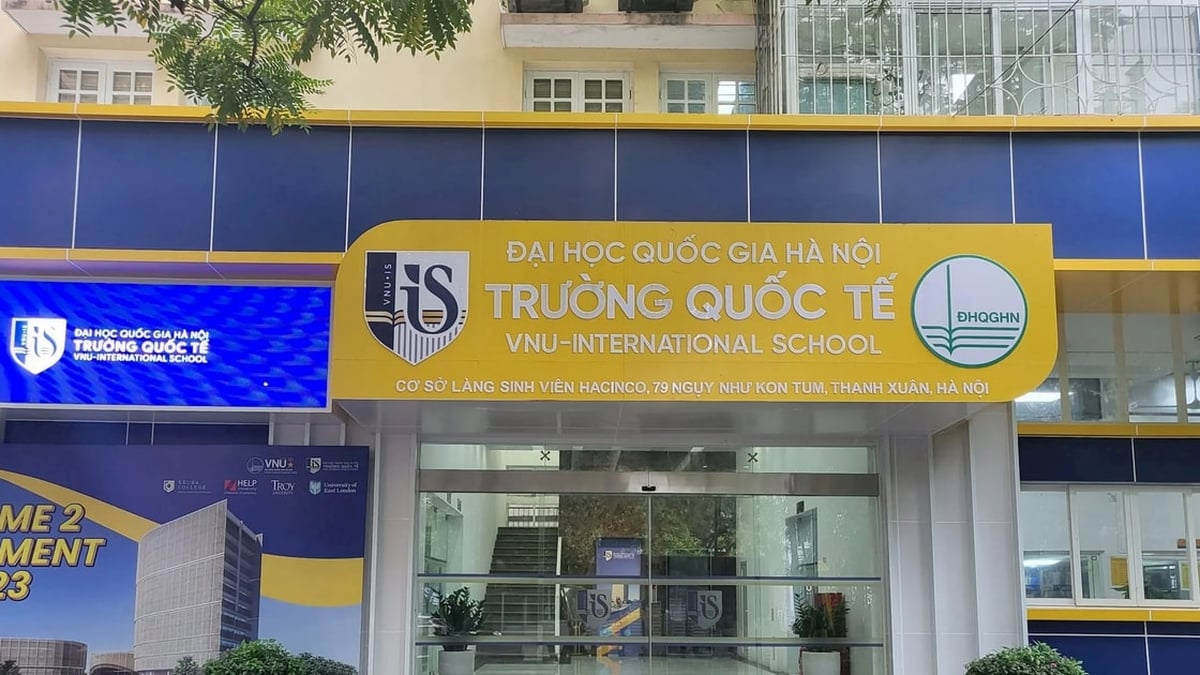
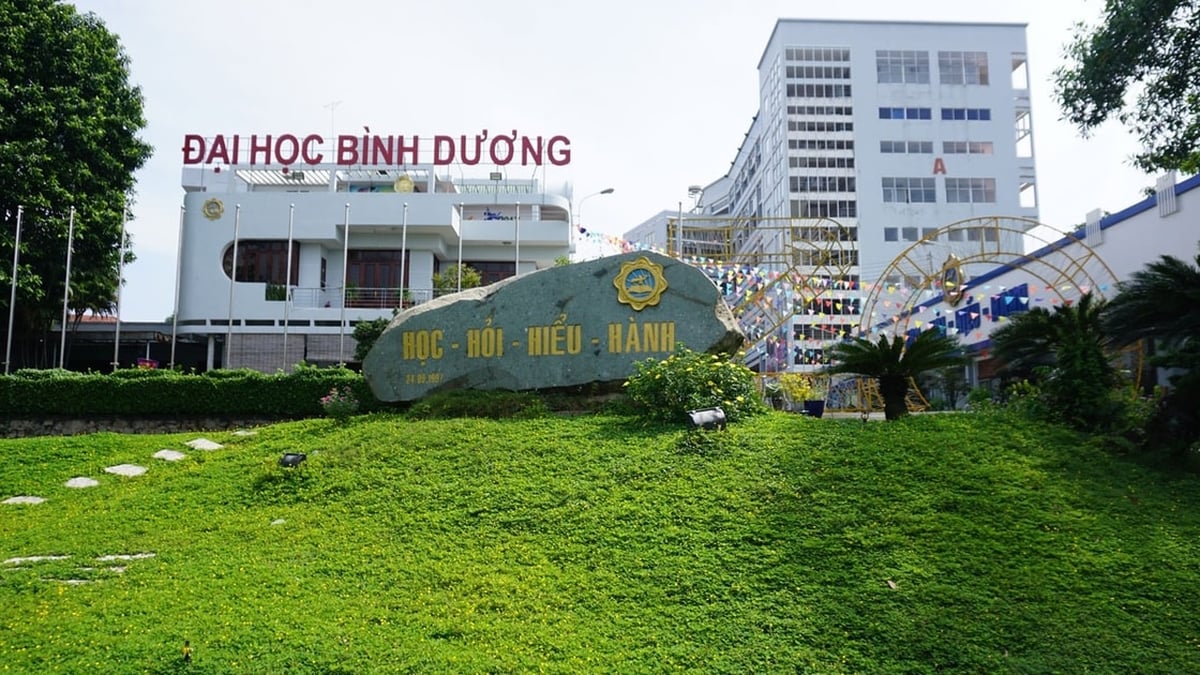
















![[Photo] National Assembly Chairman Tran Thanh Man visits Vietnamese Heroic Mother Ta Thi Tran](https://vphoto.vietnam.vn/thumb/1200x675/vietnam/resource/IMAGE/2025/7/20/765c0bd057dd44ad83ab89fe0255b783)
















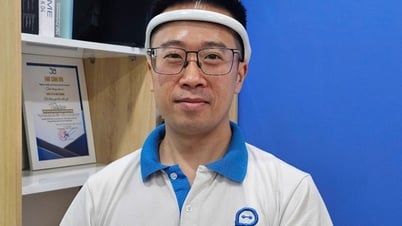








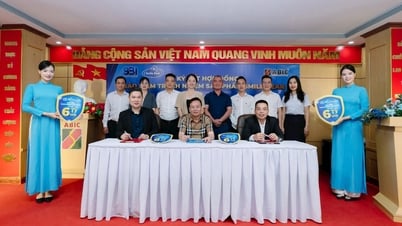








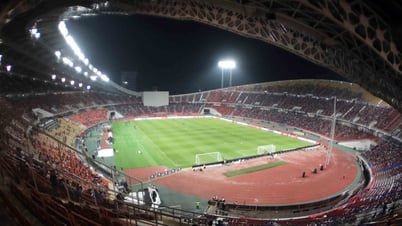

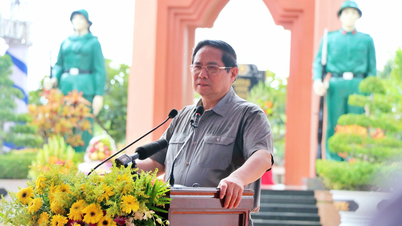
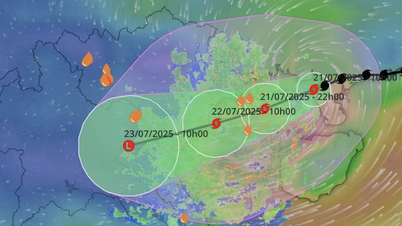

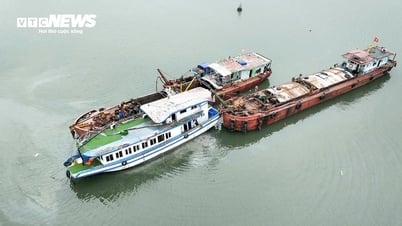



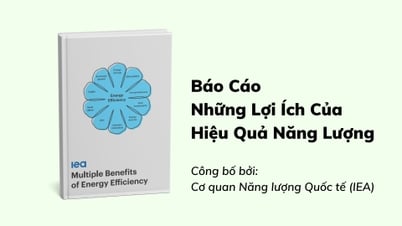

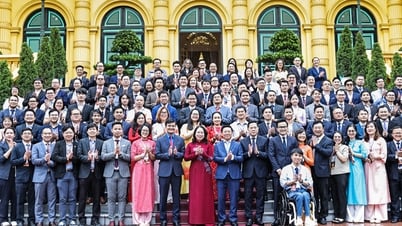




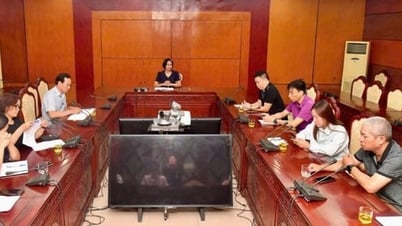






















Comment (0)